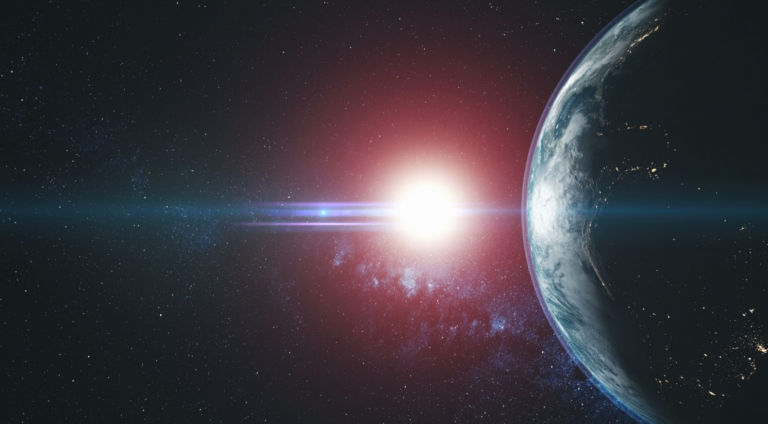Why a ‘Major Planet’ Could Sustain Life for Over a Billion Years
Actually, the suns of the celestial bodies may not require to be alive and healthy to support life. Researchers claim they’ve found a likely ‘large planet’ orbiting a shrinking star that may support life for generations to come. A team from University College London came across the ‘surprise’ discovery while observing a white dwarf – the cinders of a star that has exhausted its hydrogen fuel and exploded – 117 light years away. This star, WD1054-226, has a ring of planetary debris located in the star’s habitable zone, also referred to as the ‘Goldilocks zone,’ in which the temperatures are potentially right for water to exist in liquid form on the surface of the planet.
If the detected object is confirmed to be a life-supporting planet, then it becomes the first time that a planet of that kind is found orbiting around a diminishing sun. The white dwarf was found by scientists observing light, and the findings were reported in the Monthly Notices of the Royal Astronomical Society. They observed deep light minima that corresponded to 65 randomly distributed clumps of debris in the vicinity of WD1054-226 with orbital period of 25 hours.
“The moon-sized structures we have observed are irregular and dusty (e. g. comet-like) rather than solid, spherical bodies,” said lead author of the study Professor Jay Farihi of the Physics and Astronomy, UCL. He said the structures are currently a “mystery we cannot explain,” but offered one likely, and “unexpected” possibility: a neighboring planet.
“An interesting possibility is that these bodies are arranged in such a perfectly orbital configuration due to the gravitational pull from a neighboring planet: Without such influence, dispersion and destructive collisions would disperse the structures and negate the near-perfect intervals observed, Farihi said, explaining that he and his team “were not even searching for this. ”
The concept of having a major planet in the GHZ of the star is quite appealing and convincing yet it is important to note there the need for more supporting evidence for one to affirm it. Farihi and his group directing their attention onto the fact that this formation can not be independently verified as it is not an observable object. However, it will be necessary to employ such computer modelling and other particulars observed about the star and the debris disk to draw a more definitive inference.
The team’s belief is that, the planet is real and young, and the chance that it will hold life for at least two billion years and that at least one billion years of this future life can still be found on planet Earth. Besides the possible discovery of an Earth-like planet, this discovery can help researchers understand more about the solar system: the evolution of most stars, including our sun, will come into planetary nebulae and end up as white dwarfs.
Farihi concluded by stating that the research is important and enlightening because, ‘the sun too is fated to become a white dwarf in several billion years’, which makes the future of the solar systems clearer.
Do not forget to share your opinion with us to provide you with the best posts !




0 Comments